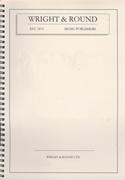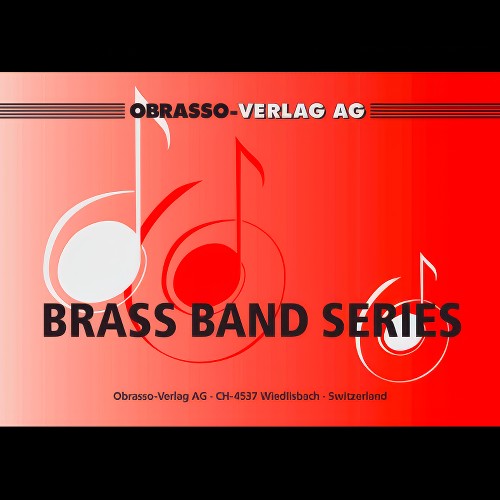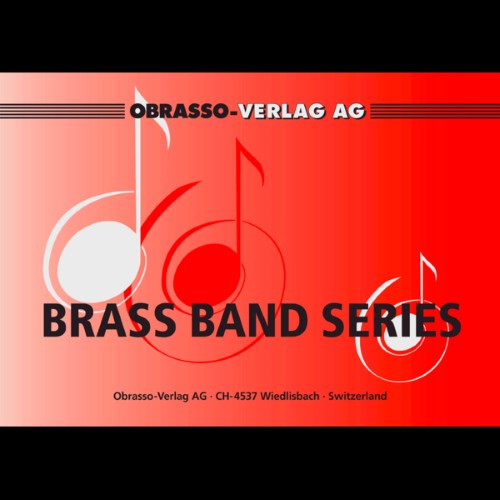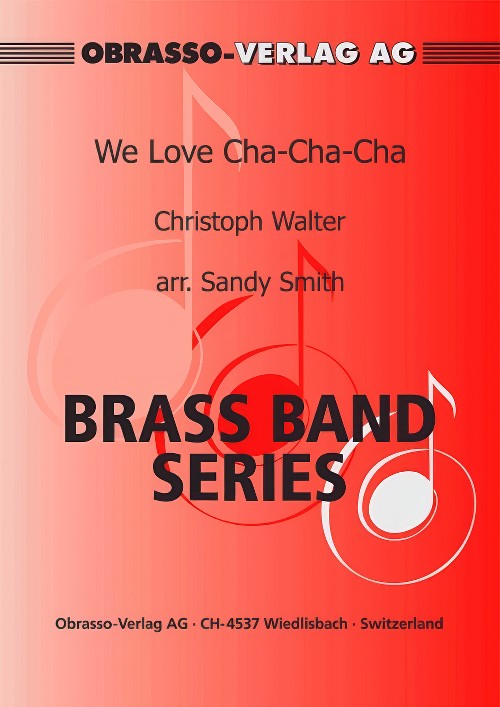We've found 533 matches for your search. Order by
Results
-
 £44.95
£44.95LABOUR AND LOVE (Brass Band Set)
Estimated dispatch 7-14 working days
-
 £26.50
£26.50 -
 £33.00
£33.00 -
 £56.00
£56.00Only Love (Cornet Solo with Brass Band - Score and Parts) - Cosma, Vladimir - Fernie, Alan
Duration: 3:30
Estimated dispatch 7-14 working days
-
 £56.00
£56.00Perhaps Love (Euphonium Duet with Brass Band - Score and Parts) - Denver, John - Fernie, Alan
Duration: 3.15
Estimated dispatch 7-14 working days
-
 £33.00
£33.00 -
 £59.70
£59.70We Love Cha-Cha-Cha (Brass Band - Score and Parts) - Walter, Christoph - Smith, Sandy
Another great original from the pen of Christoph Walter
Estimated dispatch 7-14 working days
-
 £33.00
£33.00 -
 £33.00
£33.00 -
£22.50
Labour and Love (Score Only)
Composed by Percy Fletcher for Brass Band
Estimated dispatch 7-14 working days
